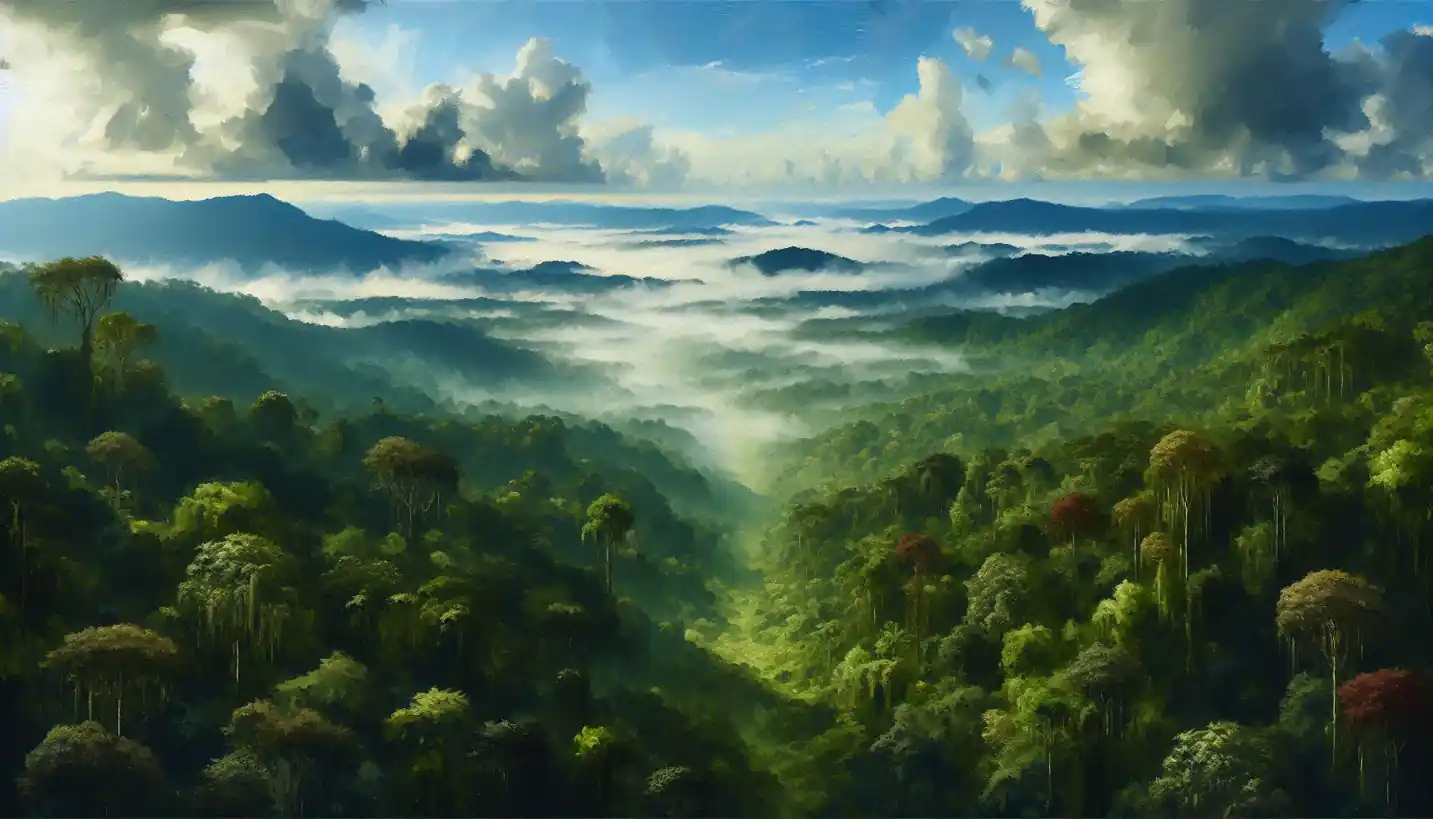· Earth Science · 4 min read
Paleoecology: Discovering Earth's Ancient Environments
Paleoecology offers a doorway into ancient environments, painting a picture of ecosystems from long ago.

Paleoecology takes us on an epic journey back in time, revealing the secrets of Earth’s ancient environments. It’s a fascinating field within paleontology and earth science, where scientists explore how past life forms interacted with each other and their surroundings. This quest helps us understand not just what happened in the distant past but also sheds light on our planet’s future.
The Dance of Life and Environment
Think of paleoecology as a detective story where ancient creatures and plants are the main characters. Scientists act like sleuths, piecing together clues from rocks and fossils to reconstruct ancient ecosystems. What’s truly intriguing is how they figure out connections between different life forms and their habitats. Imagine deciphering the mysteries of how dinosaurs roamed lush forests or how tiny marine organisms thrived in prehistoric oceans.
Fossils as Time Machines
Fossils are like time machines, whisking us back to eras long before humans appeared on the scene. They provide snapshots of life forms that existed millions of years ago. By examining fossils, scientists can determine what kind of environment these creatures lived in. Picture a puzzle where each fossil is a piece that, when fit together, reveals a larger picture of an ancient world.
Clues from Rocks and Sediments
But it’s not just fossils that hold secrets. Rocks and sediments are like ancient storybooks, telling tales of climate changes, volcanic eruptions, and more. Scientists study layers of sediment to understand how Earth’s climate fluctuated, impacting the organisms living during that time. It’s like reading a novel where each chapter reveals a new twist in the plot, showing how life adapted or perished in the face of environmental changes.
Ancient Climate: A Time Traveler’s Guide
One critical aspect of paleoecology is deciphering ancient climates, similar to understanding the setting of a great novel. By studying things like pollen grains and isotopes, scientists piece together past climate conditions. They can tell if a region was once a dry desert, a lush rainforest, or a chilly tundra. This knowledge helps explain why certain species thrived or went extinct, offering insights into how life evolves in response to climatic shifts.
Modern Implications: Lessons from the Past
Studying ancient ecosystems is more than just a trip down memory lane. It holds the key to understanding current environmental changes and challenges. By comparing ancient climate patterns with today’s, scientists can predict how modern ecosystems might react to global warming. It’s as if history is teaching us lessons, urging us to take better care of our planet.
The Role of Technology
In today’s world, technology revolutionizes how scientists explore ancient ecosystems. High-tech tools like CT scans and isotopic analysis allow them to examine fossils and rocks with incredible precision. This is like upgrading from a magnifying glass to a super-powered telescope, unveiling details that were once invisible to the naked eye.
Future of Paleoecology
The future of paleoecology is bright and full of potential. New discoveries are continuously emerging, thanks to advancements in technology and methodologies. Researchers are diving deeper, unraveling more complex interactions between ancient life forms and their environments. With every new find, our understanding of Earth’s history grows richer, adding more chapters to the incredible story of life.
Sparking Curiosity: Endless Questions
Paleoecology invites us to ponder endless questions about life, both ancient and modern. How did various species cope with past environmental changes? Can we predict future climate impacts by studying these ancient patterns? Such questions ignite curiosity and drive further research, ensuring that the quest to understand our planet’s ancient past will continue to captivate minds for generations.
The Importance of Paleoecology
Ultimately, paleoecology offers a deeper appreciation for life’s complexity and resilience. By delving into the past, it sheds light on present-day environmental issues and challenges, reminding us that Earth’s story is ongoing. Understanding this historical narrative is not just exciting; it’s essential for shaping a sustainable future.
Paleoecology gives us a magnificent view of life’s grand tapestry, showing how intricately everything is connected. It’s a field where history comes to life, providing invaluable insights into our world’s past and its potential future.

